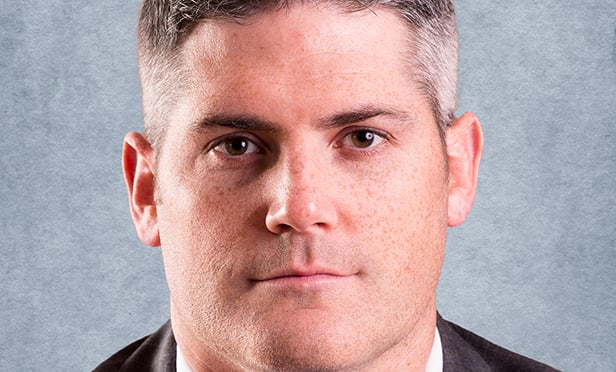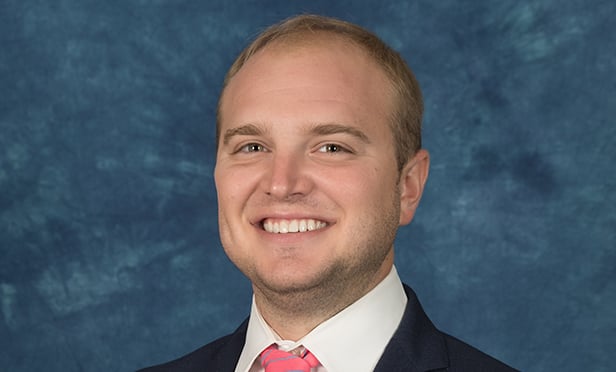DENVER—Investors from outside the US have an increasing appetite for our country's real estate. Where is this capital coming from, and what's motivating the interest in buying here? GlobeSt.com spoke with Amy Powell Erixon, a principal and managing director of global investment for Avison Young, about this topic in advance of her panel session at Development '14 here and where she sees foreign investment heading in the future.
GlobeSt.com: What are the main points you'll be covering during the panel on foreign investment that you are moderating and participating in during Development '14?
Erixon: We are each going to take a section of the world. I'll be talking about Canada, since Canada is responsible for one-third of the foreign investment going on in the US right now. There will also be sections on the Middle East, Europe and Asia. We're going to talk about why investors are focused on the US today and how that informs what they're interested in—whether it's capital preservation or growth or steady income—because there are investors in each of those categories in each of those regions. We'll be looking at the predominant style that comes from each of those regions, and we'll each be talking about the preferred structure—do they want to do joint ventures with US institutions or go it alone? We'll probably wrap up with how you access these capital pools and what types of investors in each of these regions are willing to do value-add developments and which are only interested in stabilized developments. There are a lot of reasons why there's such a large amount of capital flowing from Canada into the US—NAFTA and other reasons. I would guess that half of the downtown area in Denver is owned by Canadians—maybe more. And we're in the process of buying more.
GlobeSt.com: What do you foresee happening with foreign investors moving forward?
Erixon: It's cyclical. Foreign investment is a cycle for some of the same reasons as US investment. Both areas dropped 90% in 2009. The Canadians didn't scale back, but ramped up and become more opportunistic. All around the world, what's different between foreign and domestic investment is currency. Most institutional investors view US currency as strong; both the currency and the economy are improving. The fundamental reasons why domestic investors would be allocating to real estate vs. stocks and bonds deals with the perception of attractiveness of different property types. But in foreign investment, you overlay the currency factor as well.
I would say that globalization is rising, but it's a mistake to think that's the only factor coming into play here. There was a steady increase of foreign capital into US real estate from $7 billion to $47 billion a year between 2002 and 2008, and then it crashed back down to about as low as $3 billion by the middle of 2009. Right now, it's at about $40 billion, so we're below the peak in 2007 but still healthy. Will the next peak be higher? Sure, the values are higher. But that gives you a feeling of what that cycle wave looks like; in 2002, we were coming of the 9/11 crash.
Erixon (continued): Who's active also changes over time. The Canadians, followed by the Asians, are most active now. But in 2004, the largest chunk of foreign capital was Australian and European. Now that's changed, and 35% of all real estate activity from foreign and domestic buyers in Florida—residentially and commercially—has been from Canada, and half of all housing sales in Arizona and Florida has been to Canadians. The numbers are big in terms of values, but it's small in population and size.
There's also a lot of Asian money coming in. Besides the uber-wealthy in Hong Kong, it's primarily pensions and insurance—institutions again. The Chinese are predominantly investing in California. The perception is that Canada is only investing in Vancouver, but people don't realize that much of the capital going into US real estate is actually Canadian—Brookfield just bought General Growth with 100% Canadian money, and Cadillac Fairview is 50/50 with Westfield in California malls.
GlobeSt.com: How will foreign capital impact domestic investors and other groups of investors?
Erixon: My guess is it will do two things: boost confidence in the space, since a lot of the foreign investors were buyers before the domestic investors got back in, and it may also be crowding them out of the gateway markets. Two years ago, 90% of money being raised for real estate investment was for core; now 80% is being raised for opportunistic and value add, so it could be crowding them out of core. They're getting 10-ear money for 2.35%. Obviously, with short-term interest rates negative right now in Germany and Japan, core assets are throwing off three times the return of what they can get in their home markets. Particularly in the gateway markets, foreign buyers' influence has been the heaviest. But there's so much real estate here that needs capital, whether it's refinancing expiring mortgages or modernization and upgrades because people have been squeezed by the recession.
© Touchpoint Markets, All Rights Reserved. Request academic re-use from www.copyright.com. All other uses, submit a request to [email protected]. For more inforrmation visit Asset & Logo Licensing.






